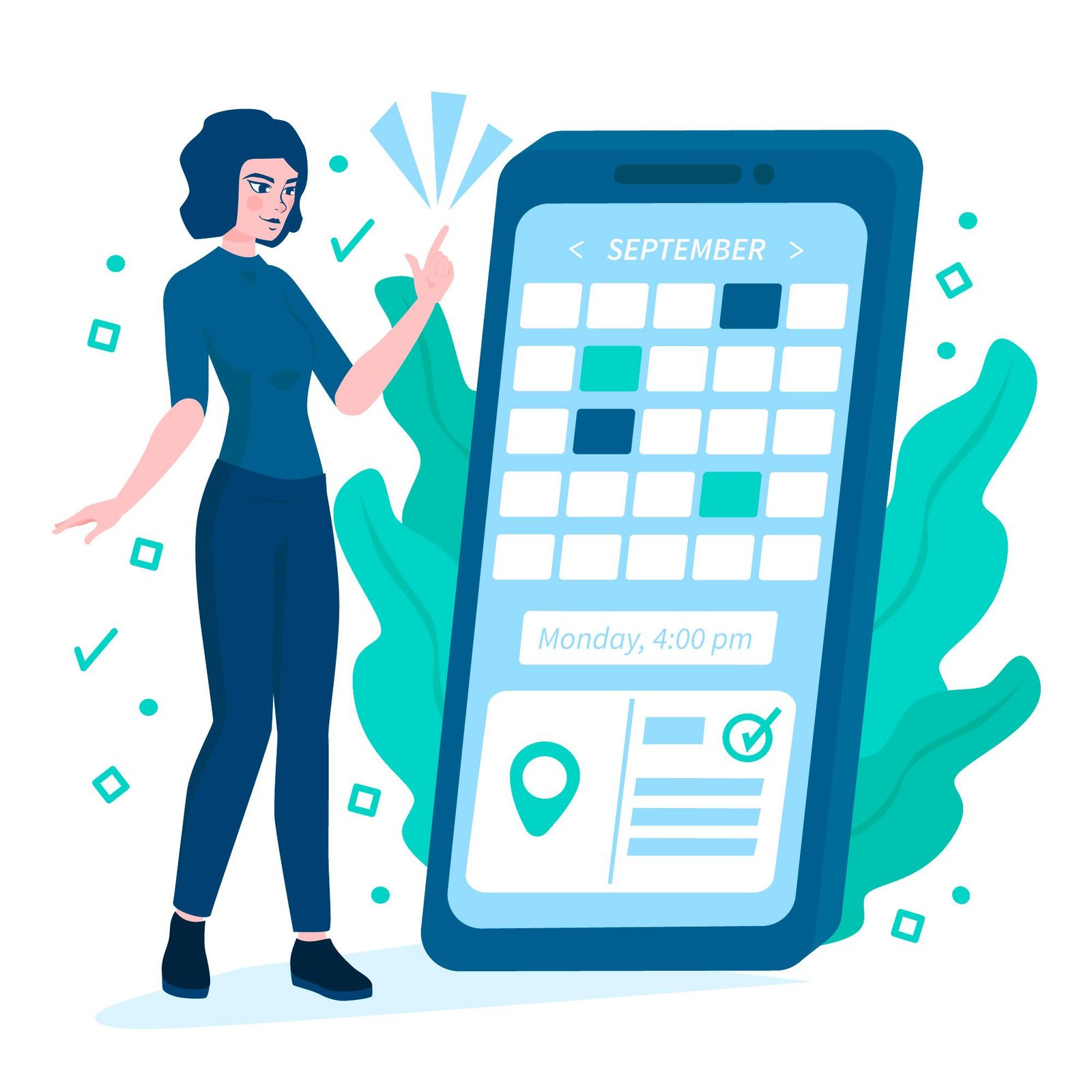In today’s digital world, healthcare apps have become a crucial part of the healthcare ecosystem, with doctor on-demand apps revolutionizing how patients access medical services. While convenience and user-friendliness are paramount, ensuring robust security within these apps is essential to protect sensitive patient data and comply with regulations. With healthcare data being a prime target for cyberattacks, it is critical to incorporate advanced security features into the design and development of a doctor on-demand app.
Here’s a breakdown of the essential security features you should include in your doctor on-demand app to ensure the highest level of data protection and privacy.
1. End-to-End Encryption
End-to-end encryption is a fundamental security feature for any healthcare application. It ensures that sensitive information, such as patient details, medical history, and consultation records, are encrypted before being transmitted between the patient and the healthcare provider. Only the intended recipient (either the patient or the doctor) can decrypt and view the information, protecting it from unauthorized access during transmission.
2. Two-Factor Authentication (2FA)
Two-factor authentication adds an extra layer of security by requiring users to verify their identity through two methods—something they know (password) and something they have (a code sent to their phone or email). This is especially crucial for doctor on-demand apps, where both patients and doctors need to authenticate their identities before accessing private information or conducting consultations.
3. Data Encryption at Rest
In addition to encrypting data during transmission, it is equally important to ensure that patient data is encrypted when stored on servers. Data encryption at rest ensures that even if an unauthorized party gains access to the storage system, the data will be unreadable without the proper decryption keys. This is a critical measure to protect sensitive health information.
4. HIPAA Compliance
For doctor on-demand apps, compliance with the Health Insurance Portability and Accountability Act (HIPAA) is mandatory in many regions, particularly in the United States. HIPAA sets strict guidelines on how healthcare providers should handle patient data to ensure its confidentiality, integrity, and availability. Ensure that your app complies with HIPAA standards to protect against data breaches and avoid costly fines.
5. User Access Control
Effective user access control mechanisms are necessary to ensure that only authorized users (patients, doctors, and admins) can access specific features or information within the app. Implement role-based access control (RBAC) to limit access based on user roles, preventing unauthorized access to confidential medical data. For instance, a patient should not have access to another patient’s records or sensitive data related to doctors.
6. Secure Payment Gateways
For doctor on-demand apps that include payment processing for consultations, it is vital to integrate secure payment gateways. These gateways should comply with Payment Card Industry Data Security Standards (PCI DSS) to ensure that payment data is protected. Implementing tokenization (replacing sensitive payment details with non-sensitive tokens) and using secure third-party payment providers can significantly reduce the risk of fraud.
7. Regular Security Audits and Penetration Testing
Regular security audits and penetration testing are essential for identifying vulnerabilities within your app. These tests help to uncover potential weaknesses in the app’s infrastructure, network, and codebase. By addressing these issues before they become critical, you can minimize the risk of data breaches or cyberattacks.
8. User Session Timeout and Auto-Logout
To prevent unauthorized access if a user leaves the app open unattended, implementing session timeouts and auto-logout features is a good practice. This ensures that inactive sessions are automatically terminated after a certain period of time, reducing the likelihood of unauthorized users accessing private accounts.
9. Biometric Authentication
Biometric authentication, such as fingerprint scanning or facial recognition, is another way to enhance security and convenience. By allowing users to log in using their biometric data, you reduce the reliance on passwords, which can be forgotten or compromised. This adds an extra layer of protection for sensitive health information and simplifies the login process for users.
10. Data Backup and Recovery
No matter how secure your app is, there is always a chance of data loss due to system failures, hardware issues, or cyberattacks. Implementing regular data backups and having a disaster recovery plan in place ensures that critical patient data can be restored quickly in the event of an incident, minimizing downtime and maintaining the continuity of care.
Conclusion
Security is a top priority when developing a doctor on-demand app, as it involves the protection of sensitive patient data and the delivery of essential healthcare services. By integrating security features such as end-to-end encryption, two-factor authentication, data encryption at rest, and HIPAA compliance, you can ensure the safety and privacy of user information. Additionally, implementing secure payment gateways, access control, and regular security audits will further safeguard the app against potential threats.
When planning your doctor appointment app development, it’s important to consider these security features to deliver a secure and reliable healthcare experience that patients and healthcare providers can trust.
